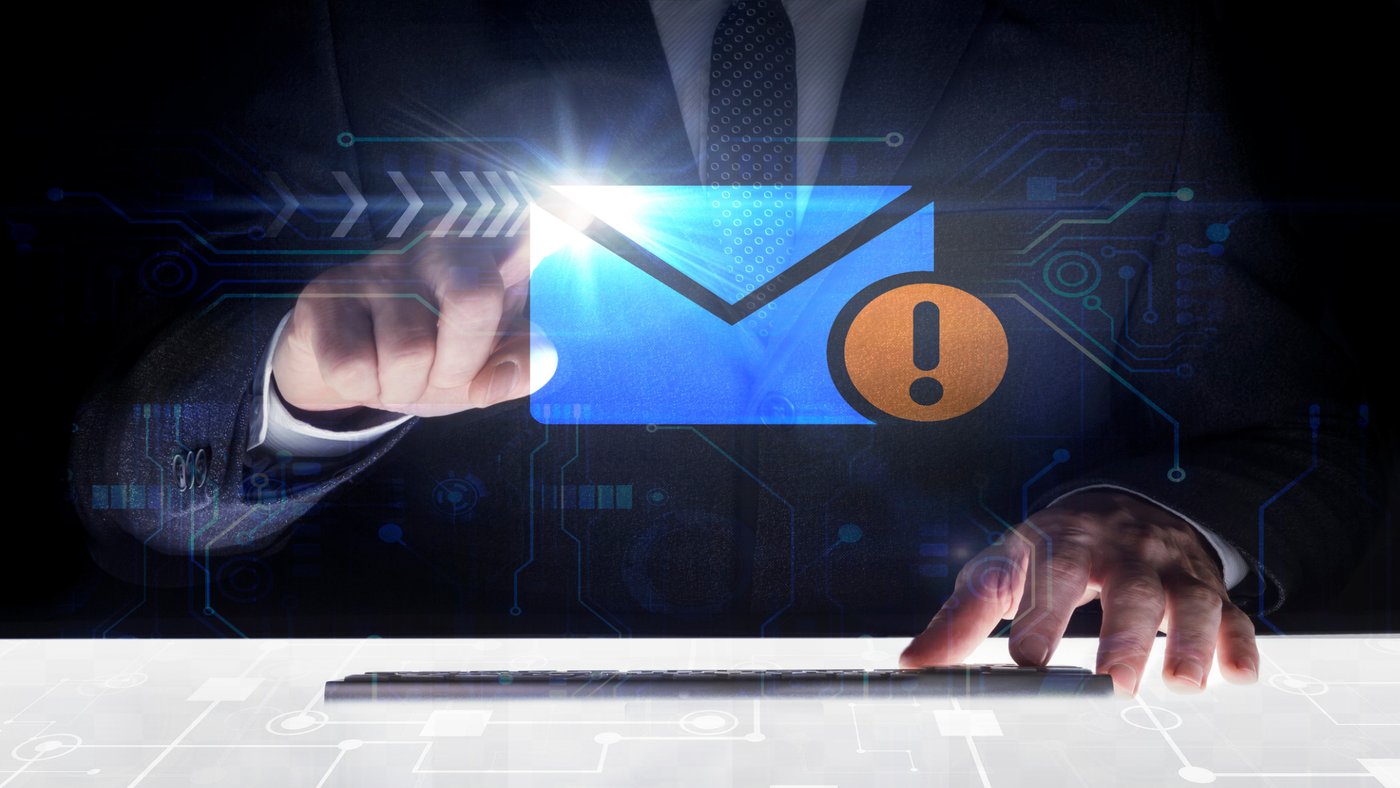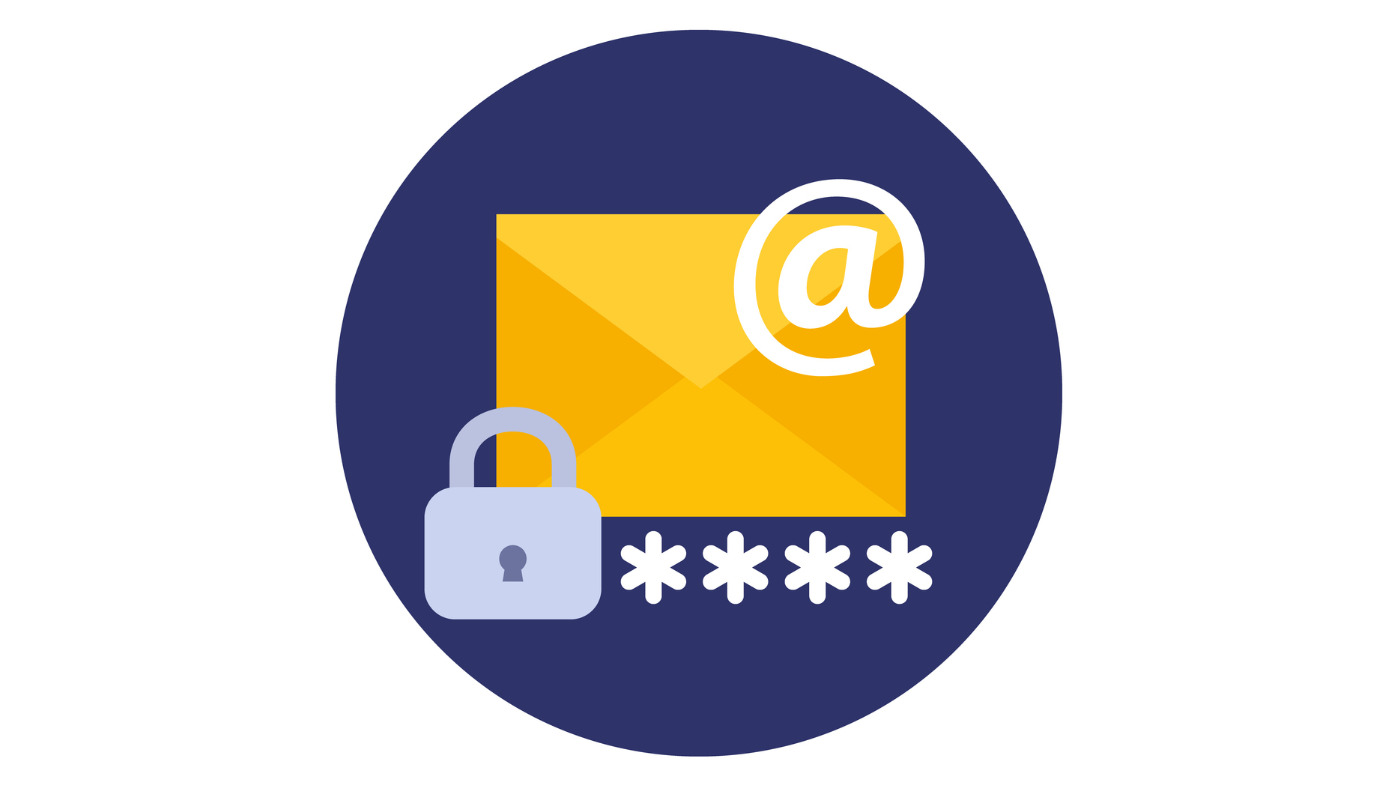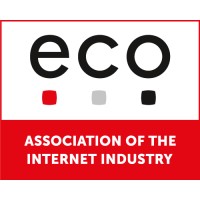Email Deliverability Through Trust, Security and Compliance
In this article, Julia Janssen-Holldiek & Sebastian Kluth from the eco Association reveal why email deliverability has become a core pillar of digital security and compliance. When important messages end up in spam, it is not just a technical issue; it is a question of trust.

©ruder design | istockphoto.com
When important emails don’t arrive
“Your email ended up in spam.” For many companies, this is more than just a technical annoyance. Whether it’s a newsletter, order confirmation, or customer information: when messages don’t reach the inbox, trust is lost.
Email deliverability is not merely an operational issue. It shows how reliably, securely, and compliantly digital messages are delivered. Companies that do not comply with standards risk not only technical blockages, but also the loss of customer trust.
Delivery vs. deliverability
Often, no distinction is made between “delivery” and “deliverability”:
- Delivery: The recipient’s server accepts the message.
- Deliverability: The message is actually placed in the inbox – not in the spam folder or quarantine.
Both steps are necessary to ensure secure and trustworthy communication.
Trust through clean processes
Trust is at the heart of good deliverability. Here’s how mailbox providers build trust:
1. Technical authentication
SPF, DKIM and DMARC confirm the sender’s identity and protect against spoofing and phishing. A DMARC policy set to “reject” consistently blocks forged messages and strengthens digital integrity.
2. Transparent origin and data quality
Only contact recipients who have explicitly consented to receive mailings. This is not only a legal requirement (GDPR) but also enhances reputation. Spam traps or inactive addresses have an immediate impact on sender reputation.
3. Consistent communication
Relevant, expected content strengthens trust and interaction – two signals that mailbox providers evaluate as indicators of trustworthiness.
Trust doesn’t develop overnight. Mailbox providers evaluate sender behavior over the long term – every single campaign contributes to reputation.
Deliverability as an integral part of digital security
Email remains a common attack vector – from phishing and spoofing to malware.
Good deliverability is therefore inextricably linked with security:
- SPF, DKIM and DMARC serve simultaneously as security and compliance tools.
- They prevent identity theft and secure brand integrity.
- A correctly configured DMARC policy protects both senders and recipients.
Companies that consistently apply these standards increase delivery rates and actively contribute to a secure infrastructure.
Compliance as a quality standard
Deliverability is more than technical optimisation – it is an expression of regulatory and ethical responsibility.
Anyone sending emails must demonstrably act in a transparent, data protection-compliant, and trustworthy manner.
- Legal compliance: Adherence to GDPR, ePrivacy and opt-in rules.
- Technical compliance: Implementation of recognised authentication protocols (SPF, DKIM, DMARC).
Together, these elements form the foundation for secure and trustworthy email communication in terms of “Security, Trust and Compliance.”
Key metrics and monitoring
Regular monitoring ensures that deliverability and reputation remain stable. Relevant performance indicators include:
| KPI | Benchmark / Meaning |
| Bounce Rate | <2% ideal; higher values indicate incorrect lists or technical problems. |
| Inbox Placement Rate (IPR) | >90% target value; measures actual delivery to inbox
|
| Spam Complaint Rate | <0.3%; values above this jeopardize reputation and deliverability
|
| Unsubscribe Rate | <0.5%; high rates indicate overly frequent or irrelevant communication
|
Monitoring, feedback loops, and continuous optimization ensure long-term compliance with security and trust standards.
CSA certification: trust through standards
With CSA certification, senders demonstrate that they operate in a technically secure, transparent and trustworthy manner – an advantage for deliverability and reputation.
Benefits:
- Preferential treatment by participating providers
- Higher delivery rates through verified authentication
- Signal of trust to recipients
Deliverability thus becomes a key indicator of digital security and compliance.
Conclusion: Deliverability as a currency of trust
Email deliverability is the visible expression of trust, security and compliance – and therefore a central foundation of responsible communication.
Technical standards protect senders and recipients, while clean data and transparent processes ensure credibility. Certifications like CSA further strengthen additional trust.
📚 Citation:
Janssen-Holldiek, Julia, & Kluth, Sebastian. (October 2025). Email Deliverability Through Trust, Security and Compliance. dotmagazine. https://www.dotmagazine.online/issues/security-trust-compliance/email-deliverability-and-compliance
Julia Janssen-Holldiek became part of the CSA team in 2014 and Director in 2017, and is passionate about creating and enabling quality standards for commercial emailing. Prior to the CSA, she worked for several years in Marketing and Sales at Dell. Julia studied business administration at the University of Cologne and the Universidad Torcuato di Tella, Buenos Aires.
Sebastian Kluth is a passionate email expert with a focus on email deliverability and email marketing and has been leading the technical team of the Certified Senders Alliance since 2019. As a team leader and consultant at Return Path, netnomics GmbH and Emailvision GmbH, among others, he has been supporting and advising leading companies in improving email deliverability and email marketing for more than 15 years. As an IT professional, he brings the necessary core competencies for his passion from other positions in the e-commerce and publishing environment.
FAQ
1. What is the difference between email delivery and deliverability?
• Delivery means an email is accepted by the recipient's server. Deliverability ensures it reaches the inbox, not spam or quarantine folders.
2. How do SPF, DKIM, and DMARC help protect my emails?
• These email authentication protocols verify sender identity and block forged or phishing messages.
• A strong DMARC policy helps prevent impersonation and boosts inbox placement.
3. Why is trust so important for email communication?
• Trust influences whether email providers deliver messages to the inbox or spam.
• Consistent behavior, authenticated messages, and relevant content build sender reputation over time.
4. What role does GDPR play in email deliverability?
• GDPR compliance ensures only users who have opted in receive emails.
• This legal transparency supports trust, reputation, and deliverability.
5. What is the Certified Senders Alliance (CSA) and how does it help?
• CSA, managed by eco – Association of the Internet Industry, certifies senders who follow strict compliance and quality rules.
• Certification leads to higher inbox placement and better reputation with email providers.
6. Which KPIs should companies monitor to track email deliverability?
• Bounce Rate <2%
• Inbox Placement Rate >90%
• Spam Complaint Rate <0.3%
• Unsubscribe Rate <0.5%
7. Why does Sebastian Kluth emphasize deliverability as a trust currency?
• According to CSA’s Technical Lead Sebastian Kluth, email deliverability reflects how securely and ethically a company communicates.
• It's not just technical—it's a signal of credibility in the digital world.







